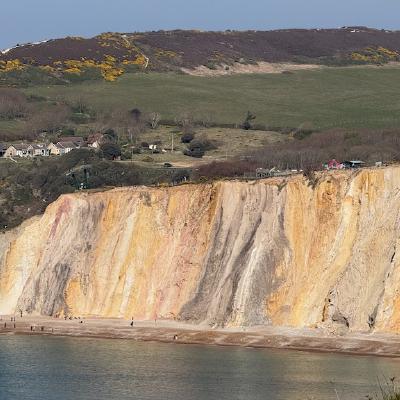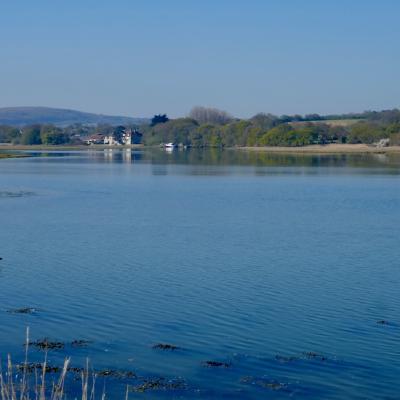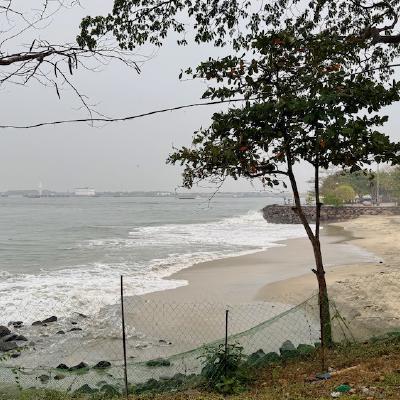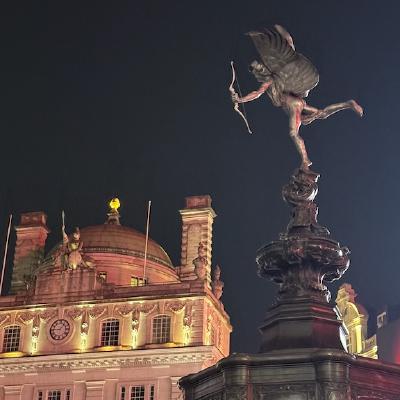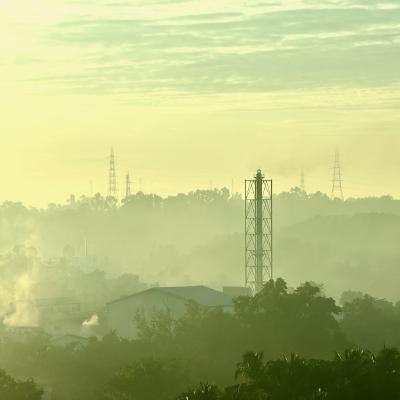Isle of Wight
We decided to take a short family break on the Isle of Wight dung the school Easter holidays. We found accommodation in Yarmouth through Airbnb at a lovely spot overlooking the River Yar.
On Thursday morning we took the WightLink ferry over to the island in the morning and as we got there early they put us on the earlier ferry so we arrived to the Isle of Wight just after ten o'clock. We decided to head to Alum Bay and spend the day there. We first went to the viewpoint to see the Needles and then took the stairs down to the bay as dogs weren't allowed on the chair lift we knew we had to do this both ways!
We found a nice spot on the beach to sit and have our picnic and relax. Nova had a good time exploring around us and found her comfiest spot to sit was on Jess.
After a relaxing time on the beach we headed back up to the cliff top - Nova managed the just set of stairs but wanted to be carried up the bigger set. At the top we browsed the shops and had ice creams whilst listening to the live music. We then took the bus across to the Needles battery where we explored the headland and enjoyed the views all around before heading in to see the battery itself. From there you cold see exactly it why was a strategic point to be armed as it overlooked the entrance to the Solent - noone was getting in without passing into its range. We got drinks from the cafe before heading for the bus stop to return to Alum Bay.
We then checked into our cottage, had fish and chips and enjoyed the sunset - of course Nova managed to be the first one to try out the outdoor shower as she found something smelly to roll in.
The next day we explored from where we were staying down the route of the old railway line along the side of the river - we got to the End of the Line Cafe and then headed back and had a relaxing afternnon at the boat house - making use of the sauna and garden to enjoy the fantastic weather. In the afternoon Laura and I headed out for another wander along the railway path along to the end and back along the coast, stopping at Off the Rails for a drink along the way. Then in the evening we headed up into Yarmouth and out on the pier before collecting pizzas to take back to the boathouse to enjoy in the garden.










